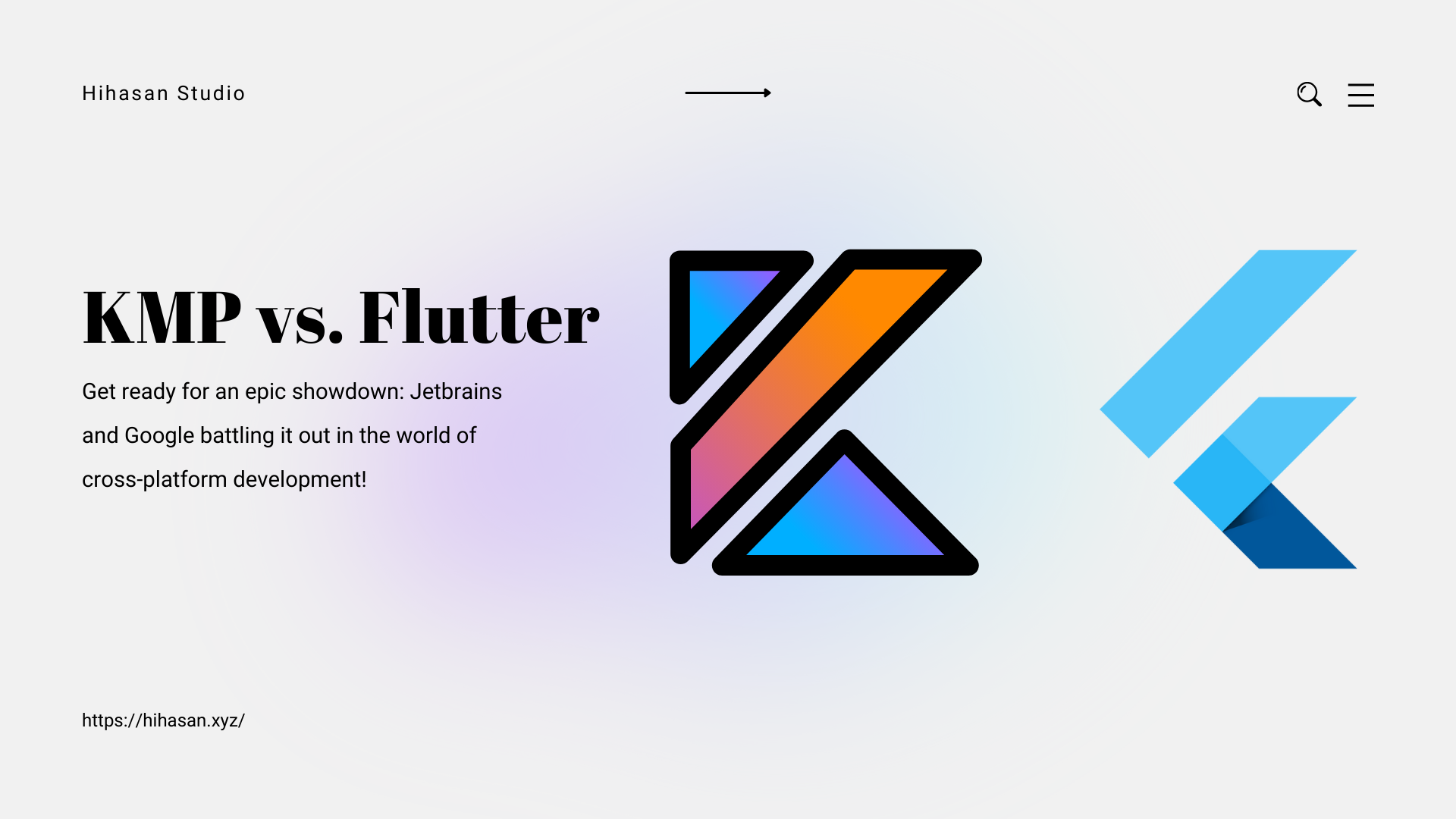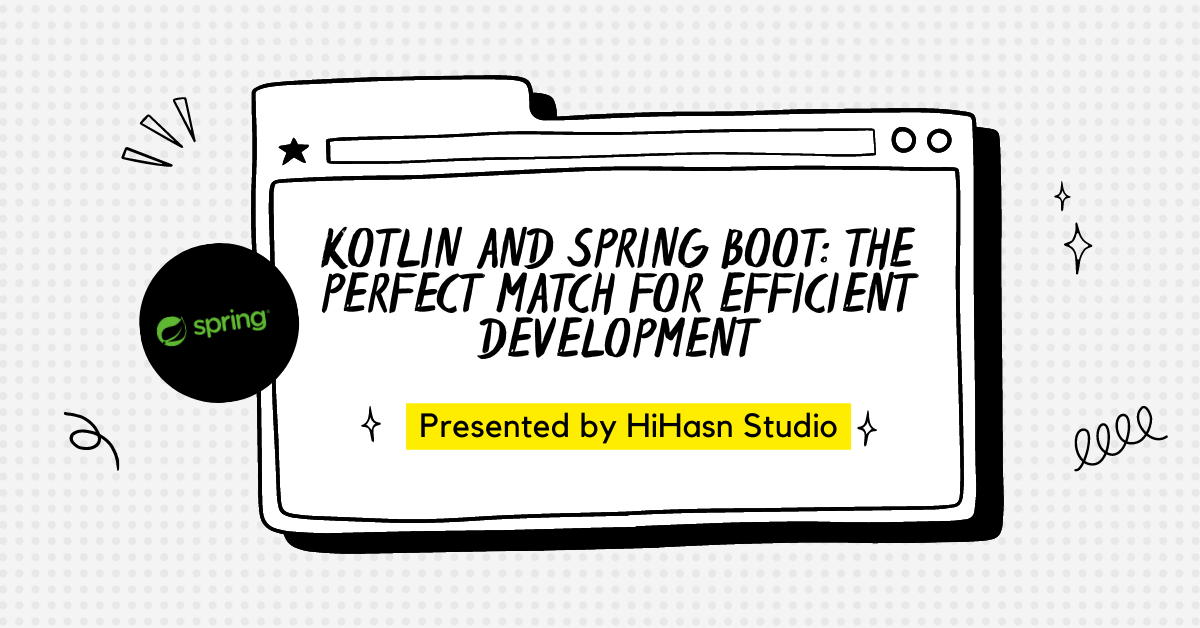If you’re looking to elevate your development game and create powerful applications, consider utilizing Kotlin with Spring Boot. This powerful combination boasts a range of benefits that can streamline your workflow and produce more efficient, reliable software. Here are some key advantages to keep in mind:
- Concise Syntax: The syntax of Kotlin is both concise and expressive, which has the practical benefit of reducing the need for boilerplate code. This results in a cleaner and more readable codebase that is much easier to maintain over time. Additionally, this streamlined approach also helps to minimize the risk of errors or other common issues that can arise when dealing with more complex programming languages.
- Null Safety: The type system of Kotlin ensures that null safety is enforced, which in turn reduces the potential for null pointer exceptions. Incorporating this feature leads to the creation of more dependable and secure code within Java applications.
- Extension Functions: Kotlin allows you to add new functions to existing classes without modifying their source code. This feature can be used to create DSL-like constructs and improve code readability.
- Smart Type Inference: Kotlin’s type inference capabilities make code less verbose while ensuring strong static typing. This can lead to shorter, more expressive code.
- Immutable Data Classes: Kotlin’s convenient feature of allowing the simple creation of immutable data classes proves to be an excellent tool for modelling domain objects. The result is a streamlined and predictable manipulation of data that is easy to work with and maintain.
- Coroutines for Asynchronous Programming: Kotlin’s built-in support for coroutines simplifies asynchronous programming by allowing you to write asynchronous code sequentially. This can lead to more readable and maintainable asynchronous code.
- Interoperability with Java: Kotlin is fully interoperable with Java, which means you can use existing Java libraries and frameworks seamlessly. This is especially relevant when working with Spring Boot, a Java-based framework.
- Functional Programming Features: Kotlin supports functional programming paradigms, such as higher-order functions, lambda expressions, and extension functions. These features can lead to more modular and reusable code.
- Type Aliases and Destructuring Declarations: Kotlin’s type aliases and destructuring declarations can simplify complex data structures and make your code more expressive.
- Default Arguments and Named Parameters: Kotlin allows you to provide default values for function parameters and use named parameters when calling functions. This can enhance the clarity of function calls.
- Data Serialization and Deserialization: Kotlin’s data classes and libraries like kotlinx.serialization make it easy to serialize and deserialize data between different formats, such as JSON.
- Compatibility with Spring Ecosystem: Spring Boot has official support for Kotlin, including Kotlin-specific features and optimizations. You can leverage Spring Boot’s powerful features while using Kotlin’s language benefits.
- Enhanced Testability: Kotlin’s concise syntax and improved null safety can lead to more effective unit testing and easier verification of code correctness.
- IDE Support: Kotlin is fully supported by popular IDEs like IntelliJ IDEA, which provides features like code completion, refactoring, and error highlighting, making development more efficient.
- Growing Community and Adoption: Kotlin’s popularity is rising, leading to a growing community and increased adoption. This means more resources, libraries, and support available for Kotlin developers.
When utilizing Kotlin in combination with Spring Boot, the outcome is a powerful synergy that capitalizes on the strengths of both technologies. The resulting code is notably cleaner, more concise, and easier to maintain. This pairing of technologies is a game-changer for developers seeking to optimize their workflow and produce high-quality code efficiently.











